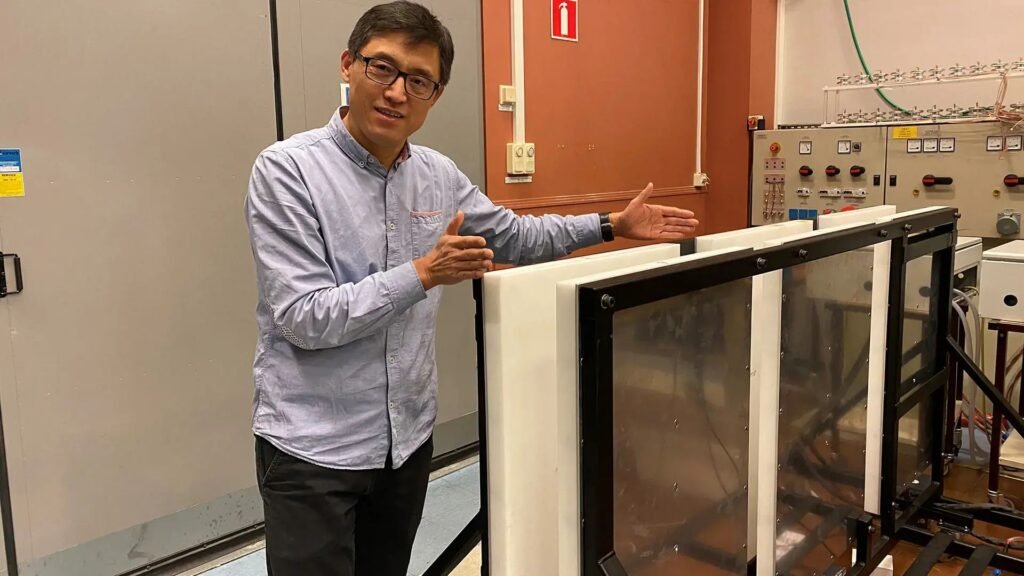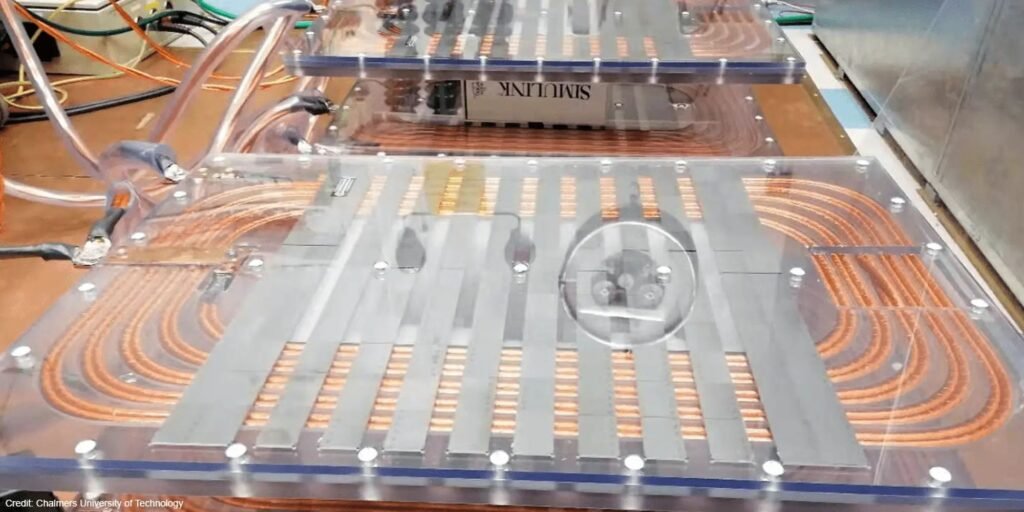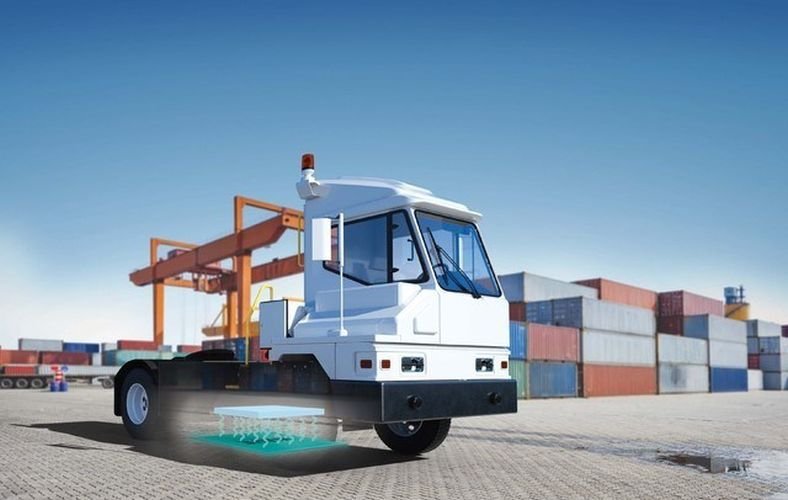Chalmers University in Sweden claims to have invented a wireless charging method that can recharge batteries with up to 500 kW of power without requiring them to be connected to a charger through a connection. They claim that the new charging equipment is finished and ready for commercial scale manufacturing.

The technique is not necessary meant for charging personal passenger cars, but it might be used to power electric ferries, buses, or autonomous vehicles employed in mining or agricultural.
In recent years, the fast development of some components and materials has opened the door to new wireless charging options for example high power silicon carbide semiconductors, so-called SiC components. They allow for the use of higher voltage, higher temperature, and much higher switching frequency, compared to classic silicon based components.
This is important because it is the frequency of the magnetic field that sets the limit to how much power can be transferred between two coils of a given size.

Previous systems for vehicle wireless charging have used frequencies of around 20 kHz, much like a normal stove top. They became bulky and the energy transfer was not very efficient. Now researchers are working with frequencies that are four times higher.

Another recent technological advancement is the use of copper wires in coils to send and receive the oscillating magnetic field that serves as the real bridge for energy transfer over the air gap.
The coils are now comprised of braided ‘copper ropes’ made of up to 10,000 copper strands about 70 to 100 microns thick — roughly the thickness of a human hair strand. Such braiding of so-called litz wire suited for high current and frequencies have also just recently been commercially accessible.
A new type of capacitor that contributes the reactive power required for the coil to produce a suitably enough magnetic field is a third example of new technology that enables high power wireless charging.
To sum up here’s what we know, thanks to Electrive. The research team at Chalmers claims its wireless charging system is 98% efficiency and is capable of DC transfer rates of up to 500 kW per two square meters with a 15-centimeter air gap between the ground pad and the onboard pad. This corresponds to a loss of a mere ten kW or 2% of the theoretical maximum charging power.
The benefit of the new inductive charging technology is for the commercial players whose EV’s are constantly mobile like a ferry, an airplane, a train, or mining equipment.
Reference- Electrive, Inside EVs, Interesting Engineering, Chalmers University Media Release, Popular Science






